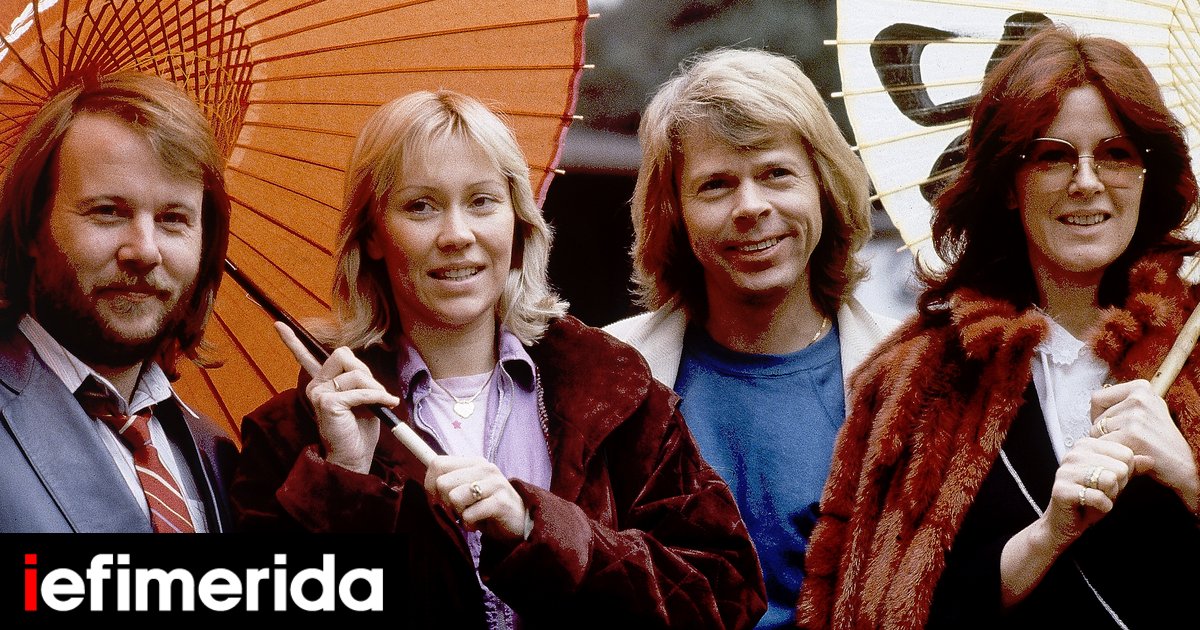
A new biography of Swedish superstars ABBA offers a behind-the-scenes look at the creation of one of their most famous songs, “Dancing Queen.”
“Melancholy Undercover: The Book of Abba” by Jan Gradvall is due out this fall and features rare interviews with iconic band members Björn Ulvaeus, Benny Andersson, Anni-Frid Lyngstad and Agnetha Faltskog, as well as those who knew and worked with them. Spanning a decade, the book features rare interviews with iconic band members Björn Ulvaeus, Benny Andersson, Anni-Frid Lyngstad and Agnetha Faltskog.
Abba were working on their fourth album, Arrival, which Gradval calls “their first real masterpiece.”
But the band were under pressure, having won the Eurovision Song Contest in 1974 with the song “Waterloo”, which meant that recordings were constantly interrupted by the need to undertake promotional tours.
ABBA: What are the members of the famous band that made history doing today?
Where did the inspiration for “Dancing Queen” come from?
“Dancing Queen” was recorded in August 1975 and marked the group’s first foray into disco music. Gradval writes that the inspiration for its famous rhythm came from two sources.
“One of them was George McCrae’s ‘Rock Your Baby’, one of the first disco records, a song that had been released the previous year and which the ABBA members had heard several times at Alexandra,” he says.
“The other was the New Orleans beat on the 1972 Dr. John Jumbo album, which Roger Palm heard.”
“Those two standards were American,” he continues. “But when Abba plays disco, there’s a distinctly European sound. The song starts with Benny running his finger over the keys on Pauline’s piano, and then the song starts — and it’s always slower than you remember.
He points out, by the way, the track’s clear influence on artists like Elvis Costello, who reportedly borrowed Anderson’s piano style from “Dancing Queen” for “Oliver’s Army,” which would become one of his biggest hits.
He writes that the working title for “Dancing Queen” was “Boogaloo.”
“I cried when I heard that.”
“When the recording was over, Björn and Benny knew they had created something special. They went home late that night, ready to play the game for their partners.”
“I cried when I heard it,” Lyngstad says. “I thought it was so beautiful.”
Fältskog was asleep when Ulvaeus came home and “didn’t want to wake her up,” so he went to his sister’s house instead: “I played this game over and over again,” she recalls. “We couldn’t believe how good it sounded.”
“Dancing Queen” was released in 1976 as the lead single from “Arrival” and quickly became an international hit, topping the charts in the United States as well as the United Kingdom, Australia, Canada, Ireland, Spain, Portugal and Norway.
It was inducted into the Grammy Hall of Fame in 2015 and is consistently ranked as one of the greatest pop songs of all time.
Gradvall, one of Sweden’s most respected music journalists who helped found the Swedish Music Hall of Fame, has a close and unique relationship with ABBA, and has previously appeared in two BBC documentaries about the band.
“Melancholy Undercover: The Book of Abba” is released by Faber on October 10, 2024 in hardcover and e-book.

“Total alcohol fanatic. Coffee junkie. Amateur twitter evangelist. Wannabe zombie enthusiast.”





More Stories
Is this what the PS5 Pro will look like? (Image)
Finally, Windows 11 24H2 update significantly boosts AMD Ryzen – Windows 11 performance
Heart Surgeon Reveals The 4 Things He ‘Totally Avoids’ In His Life